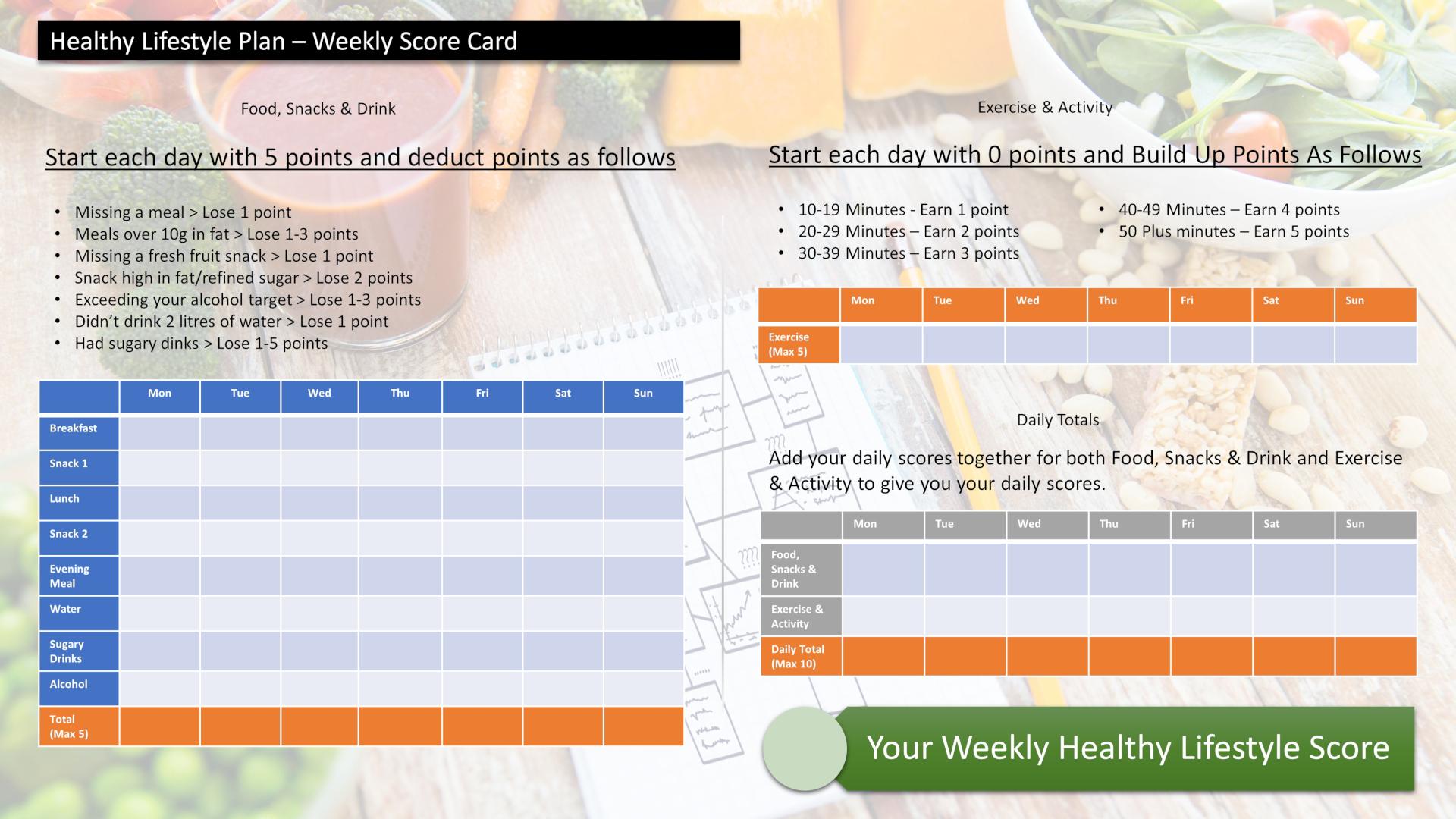What is right brain dominance?
People can be left hand or right hand dominant. In other words they prefer a certain side of their body for particular activities. Some people are ambidextrous they can interchange hands and use either one equally as well. The most powerful example of an ambidextrous person that I ever saw was an A grade squash player. He could change hands between a rally and never worry about having to hit a backhand. He always managed to play a forehand with power and placement. I am personally right handed at everything except for sports that require using two hands, such as cricket and golf. I remember training myself to bat left handed in cricket as a child. It seemed more natural to me. I could play much straighter and they found it difficult to get me out. So I continued to bat left handed rather successfully. Unfortunately, though I am left handed in golf I cant say that I had similar success with the game of golf. Something about hitting the ball in the hole was a bit of a concern for me.
What has left or right handness got to do with right brain dominance?
Well it seems that the left side of the body is mainly controlled by the right side of our brains and the right side of our body is controlled by the left side of our brains. So from this you would assume that right brained dominant people would be left handed? It then follows that left brain dominant people would be right handed. It is the case with some people however the generalisation stops right there. There are many anomalies to this way of thinking. The ambidextrous people serve as a reminder that there is a lot more to it than the simple definition given at the beginning of this paragraph. Many papers were written and adopted accepting this simplistic notion. Our sophisticated brain imagining techniques show that it is a lot more complicated than first thought.
How does the brain assert dominance?
Are we born with a certain dominance or can we train our brain to become dominant in one area or the other? This is a good question for many of us the information presented to us at school was boosting up the left side of our brain. The analytical and logical information type work we had to understand exercised this side of our brain. This made it easy for somebody who was left brain dominant, the geek , to succeed and breeze through school.
The right side brain dominant person who deals more with emotions, understanding concepts and seeing the big picture was not catered for as well. Please refer to the diagram at the start to to observe where certain areas of leraning take place within the brain.
During my teaching career the great controversy was about how much time we were spending on the three rs. One line of thinking was that children must know how to write spell and do arithmetic or they didn’t stand a chance in the employment stakes. Then there would be those who argued that there needed to be a balance between the creative side of the curriculum and the analytical side. This allowed those who could not show their brilliance through writing and reading to excel in the artistic creative subjects. It got to a point where there was a pretty good balance and many teachers would try to be very creative about the the way they presented the curriculum. It became about learning styles and finding the best learning style for the student. However the three rs and accountability seemed to do a resurgence and reading, writing and arithmetic came back into vogue. This had more to do with accountability and a way to measure performance. The performance of the student, teacher and the school. I am not really sure how much the students improved in this turmoil? I can remember working much harder and attending more meetings just so I could analyse all the data we were collecting on our students. Mind you the graphs and the numbers didn’t really register to many people on stuff. Some people, mainly management were thrilled when the results were good or found excuses when they were not so flattering.
How does the dyslexic student fair with all these changes?
The dyslexic student who is right brain dominant requires extra attention to read and write had less opportunity to show their ability. In fact I cant even remember if we had special programs for assisting dyslexic students. They were just all clumped together as having learning issues without anybody really knowing why. In this category there were all sorts of students who for some reason or another do not achieve as well as their peers.
The dyslexic student who needs to know the big picture and understand what he or she is doing did not receive the attention they required. Part of the issue here is that dyslexic students are of average or above average ability, yet they are not able to really show people how much they understand. The handwritten sheets seem blurry to them. The whiteboard’s glare is off putting and to make matters worse reading, spelling and writing doesn’t come easy to them. So here is a student who wants to learn but because they process information differently to the way its presented at school feels like a failure and hates going to school. The stigma attached with this builds up right throughtout their lives.
Addressing dsylexia
There is hope as technoligical advances are made to identify how right brain dominant people process information. The understanding gained from these tests lead to catering for students with dyslexia to complete a higher education course.
If you have dyslexic students in your classroom then here are some suggestions on how you can develop some strategies to cater for their needs.
These are taken from http://www.dyslexia-college.com/teacher.html and could help you if you are a teacher or know somebody who is dyslexic.
Teaching dyslexic students.
It is almost certain that there will be dyslexic students in your teaching groups. Dyslexic students have particular learning difficulties, but are of average or above average intelligence. This is apparent from their conversation. However, they will have difficulty with reading large volumes of text, with essay-writing and spelling.
However, it is not hard to make small changes to your teaching methods which will allow them to achieve at the same level as students who are not dyslexic. Some simple guidelines are presented which are easy to follow.
There is also a broad range of advice, examples and teaching suggestions on the Dyslexia Teacher website.
Some simple teaching guidelines.
Although their difficulties are not visible, as with, for example, a physically disabled student in a wheeelchair, dyslexic students experience genuine difficulties: these are with visual tracking, auditory perception, organization and some other areas (Recognizing Dyslexia).Their academic progress can be greatly helped by the following teaching adaptations:
- Present an outline of the whole lecture at the start, giving the ‘big picture’. Then say how many main points there are within the whole lecture, so that dyslexic students can see the framework of the topic.
- Provide photocopied outline lecture notes for students. Whilst this is time-consuming, it makes a huge difference to dyslexic students who can see the main drift of the lecture, and then add extra notes around the main points/sections that you have outlined. This practice is soon to be carried out by all staff at the Massechusetts Institute of Technology (M.I.T.), with notes for all lectures being published on their website.
- Print key words on the board rather than writing them in cursive handwriting.
- If there is a choice, a blackboard is preferable to a white board, which can create a visual glare for some dyslexic students.
- Never ask a dyslexic student to read out loud. They have difficulties with visual tracking – following the text along the line and onto the next line – which can cause great embarrassment.
- Overhead projections(OHPs) present a particular visual difficulty, but a photocopied handout of the OHPs or Power Point pages can help tremendously.
- Allow five minutes at the end of a lecture for dyslexic students to approach you individually about any points that have confused them.
Assignments.
- Avoid assignments to be copied from the board. When assignments are set, be sure to put them in writing on printed handouts.
- Try to read and assess a dyslexic student’s work for content and meaning. Poor spelling is not an indication of low intelligence, but of a learning difficulty with visual memory.
- Encourage a dyslexic student to show you a rough draft of an essay so that you can provide some feedback before the final version is handed in.
So with some understanding and preparation it is possible to begin to cater for students with dyslexia. It will make all the difference to their ability to process infromation and not get left behind in education and in life.
Score Your Way To Good Health - With Our Healthy Lifestyle Plan
Score your way to good health with our healthy lifestyle plan and it's unique 70 point weekly scorecard!




Hi Loddy,
It must be a rewarding feeling to be able to teach in different ways, you can help all types of people to get the understanding they need. Hats off to you, this has to be time consuming and something you can’t turn off just because it’s the end of the day.
This information needs to be shared, and this just might have a positive impact.
Thank you Judy, making people aware and hopefully get them to understand some of the issues these students face can make all the difference. Everybody has greatness within them. We have to believe this and support each other to find it. What a wonderful world it could be if we achieve it.